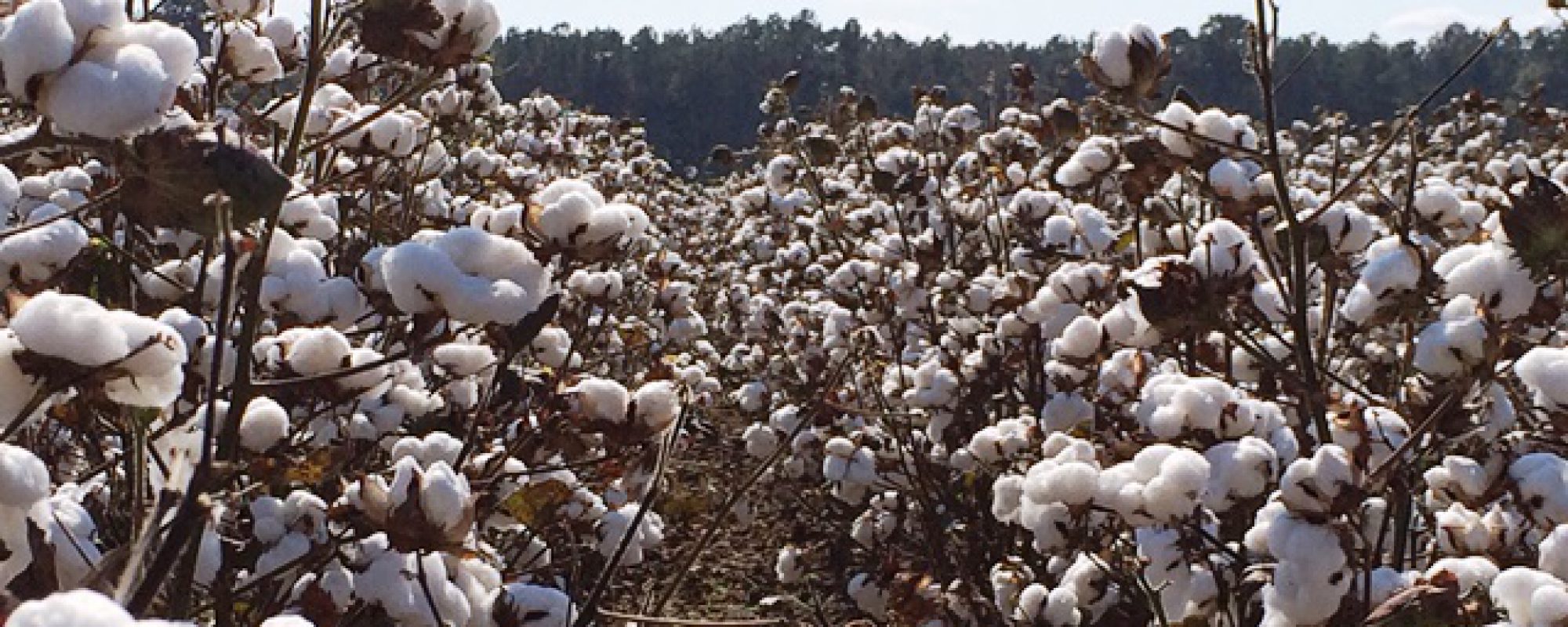I identified some target spot in a few irrigated cotton fields in the county this afternoon (August 2) that were in the fourth week of bloom. I know that it is currently HOT and DRY, but past rain events in some locations (and irrigation), humidity and good cotton growth in those areas have it showing up in some fields. Be sure to scout your cotton for target spot and areolate mildew. Look for initial spots deep in the interior of the canopy. Notice the target-like lesions on below leaves.


Please see the following information from Dr. Bob Kemerait related to target spot and areolate mildew:
Target spot and areolate mildew will not occur in every cotton field in Georgia every year. When they do
occur “early enough”, repeated research trials have shown that a) significant yield loss can occur due to
these diseases and that b) timely fungicide applications can protect against, but not eliminate, yield loss.
The most effective way to manage target spot and areolate mildew is to apply a fungicide preventatively,
that is before the disease is established in the field. To date, use of a fungicide has not been justified to
manage either disease prior to the first week of bloom, and often not until the third week of bloom and
beyond. Fungicides applied “preventatively” but too far ahead of disease onset are unlikely to protect yield or to minimize impact of the diseases when (and if) they occur. For this reason, UGA Extension
recommends that growers should be prepared to apply a fungicide to their cotton crop as early as the first week of bloom, but to scout the field and to hold off from the initial application until disease is found. In scouting the field and applying fungicide only when disease is found allows the growers to do three things. First, the fungicide is applied when disease is known to be present. Second, delaying the initial fungicide application may eliminate the necessity for a second application. Third, where disease never develops, or develops late in the season, delaying a fungicide application until disease is observed may determine that a fungicide was not needed in that field in the current season.
Yield loss for early development of target spot is generally between 100 and 250 lb/lint per acre between treated and untreated plots. Yield loss to early development of areolate mildew can be as much as 300 lb/A. Currently there are three fungicides that are tested and recommended for management of target spot and areolate mildew on cotton in Georgia. These include azoxystrobin (Quadris and other products), Priaxor, and Miravis Top. For management of target spot, Priaxor and Miravis Top are almost always more effective than are applications of azoxystrobin. When areolate mildew is the threat, Priaxor and Miravis Top provide better control than azoxystrobin, but the difference in yield between products is smaller than it would be for target spot.
